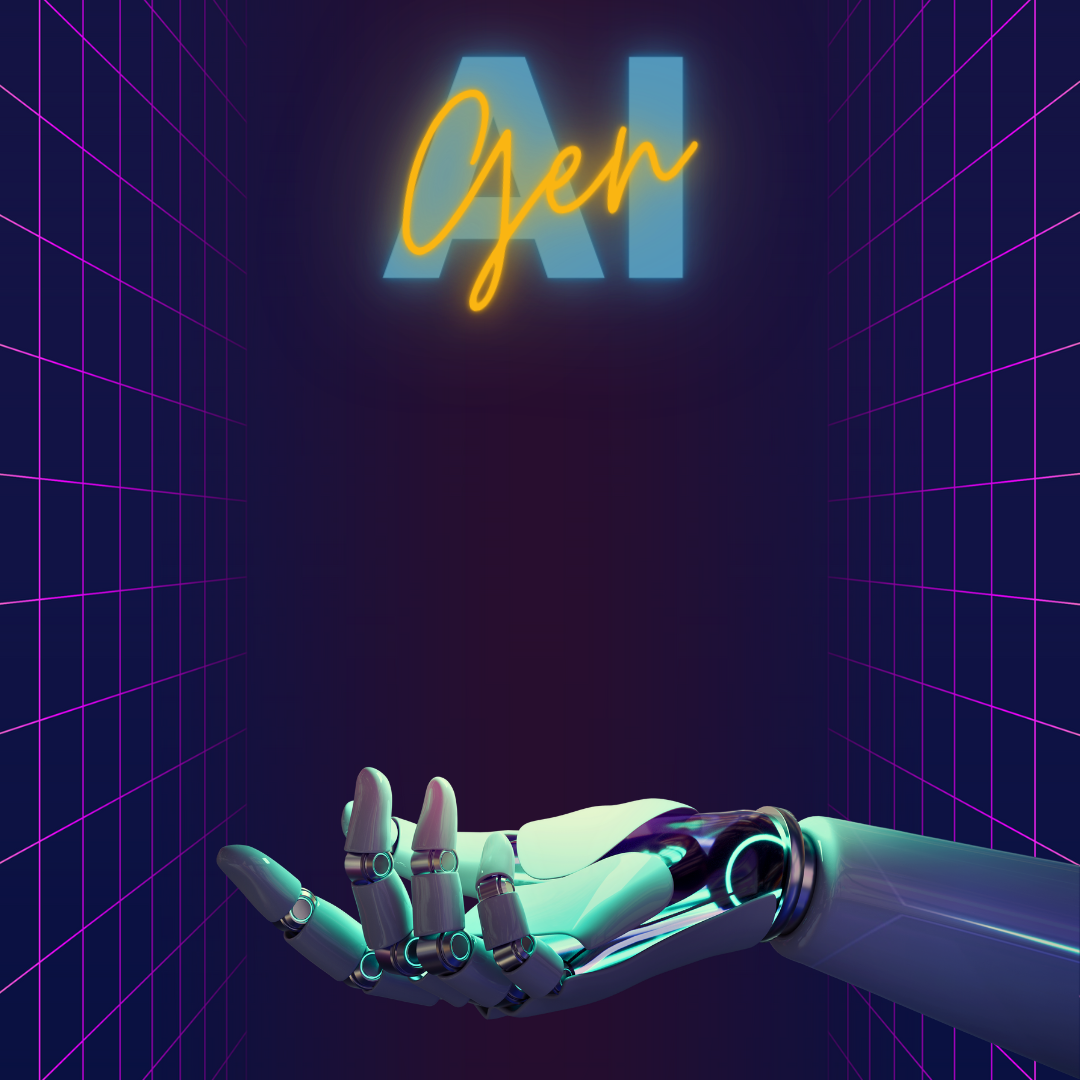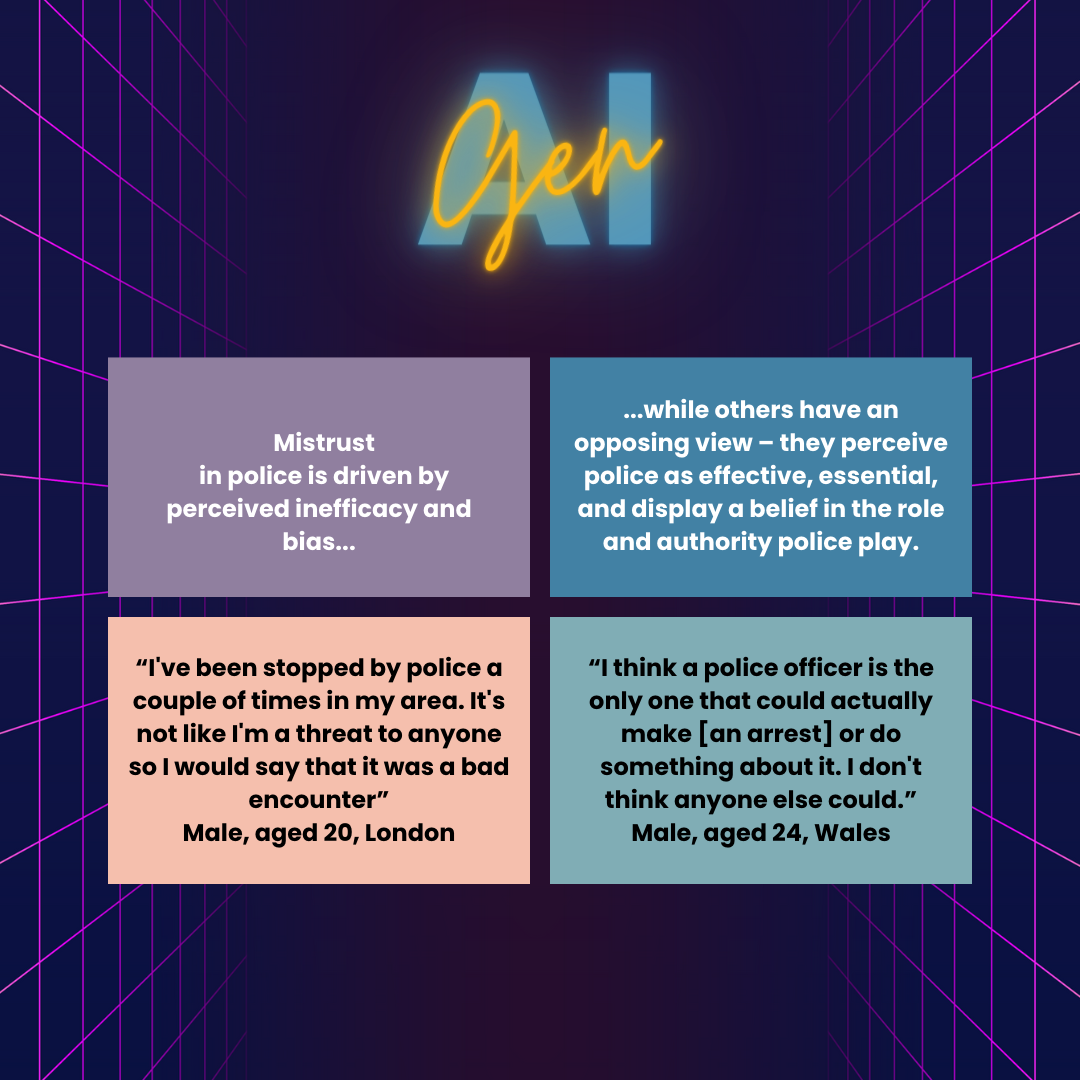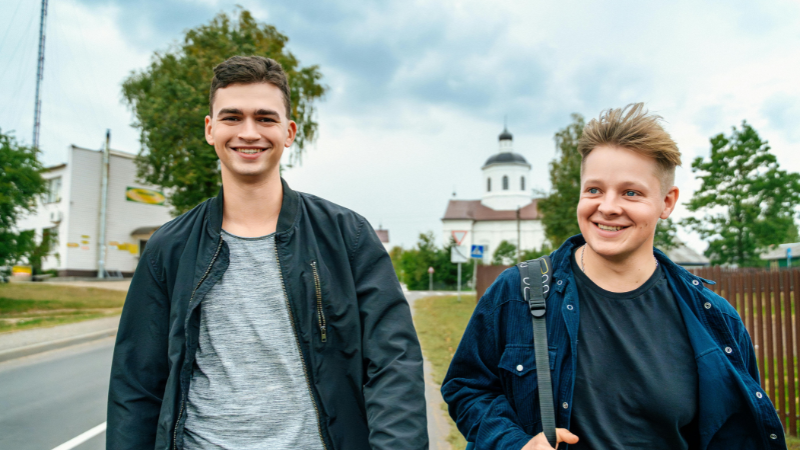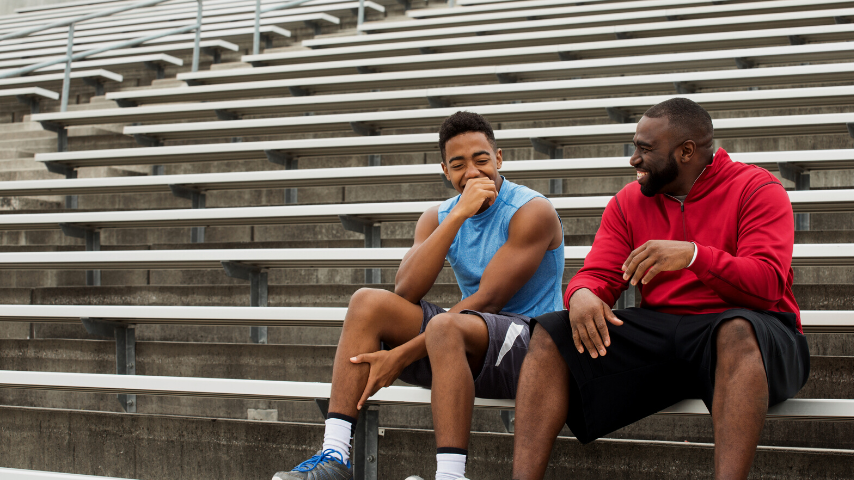Blog
AI
A few years ago, analysing qualitative data at scale would have taken significant time and resource. This is the issue that we faced when we approached our pro bono partners OC&C with a sample of almost 1,000 interviews and focus groups from the Peer Action Collective (PAC). The data spoke to a range of topics linked to youth violence and consisted of over 23 research projects. OC&C took this sample to model a relatively new approach, using Generative AI (Gen AI) to complete the analysis in under a month.
During the first iteration of the Peer Action Collective running from 2020-2023, young people aged 16-25 conducted research with over 4,600 of their peers across England and Wales. They did this for a simple reason: to find out more about their experiences and opinions on youth violence. All too often, young people that experience violence are left out of the conversation on how to prevent it. Through PAC, young people carved out space to share what they thought the issues and solutions were to the violence that affect their lives, either as victim or perpetrator.
Bringing together stories from 1000s of young people
The efforts of Peer Researchers and the Delivery Partner organisations supporting them yielded a remarkable amount rich qualitative data from 4,600 young people on issues of violence.
Initially, our priority was to validate GenAI’s capability to precisely analyse the diverse data originating from various locations throughout England and Wales, which utilised multiple methodologies and questions. OC&C undertook thorough testing, comparing a segment of AI-encoded data against a human-processed counterpart. The outcome was a high degree of accuracy, enabling us to derive insights that we could be confident in.
We wanted to gain more insight on five topics: Social Media, Police, Education, Trusted Adults and Positive Activities, wanting to understand more about the effect each can have on issues of youth violence.
1. Social Media
Social media is generally viewed as contributing to escalating real-life violence. There are a range of reasons cited for it contributing to violence, primarily that it facilitates conflicts, leading to real-life altercations, as well as normalising violence through exposure to violent content from peers, celebrities and video games.

“They beef on Snap, and then they see them in real life, they start taking action”
Male, aged 14, East Midlands.

2. Police
Respondents would make changes to how police work to reduce violence. Key changes are focused on increasing engagement between police and the community, increasing police presence and including having police be involved in education around issues such as youth violence.
3. Education
Respondents do not believe that schools are doing enough to prevent pupil involvement in violence. Young people have plenty of positive things to say about their schools and the role that individual teachers played in their lives. The negative perceptions are driven by schools lacking effective education on youth violence, school being seen as unsafe and a lack of provision for key challenges young people are facing such as mental health and bullying.

“How are the teachers not noticing anything? How are they not doing anything about this? Kids will walk out, 12 years old, open their backpacks, and show off their guns.”
Undisclosed gender identity, aged 20, London

“The staff [at the youth club] actually helped me… and saved me from being in crimes and fights.“
Male, aged 19, West Midlands
4. Trusted Adults
There is strong consensus across interviews that a lack of positive influence from adults can lead to involvement in violence. Trusted adults can be a range of people: family members, teachers & pastoral workers in school, community and charity workers and police
There are a range of reasons for trusting these adults, including their ability to provide emotional support and their ability to protect young people – these vary by group of adults, with social workers seen as providing support and police providing authority.
5. Positive Activities
Respondents believe that positive activities help deter youth violence, with almost all agreeing with this view. This is primarily due to positive activities providing safe and engaging environments for young people, removing them from situations where youth violence occurs, while also providing educational opportunities and a sense of community. The main positive activities referenced by respondents include educational activities (e.g. formal education & mentoring), community activities (e.g. youth clubs) and sports.

“Getting them more things that they can get on with, football clubs, more music studios… Give them as many things to distract them from violence and they will do those things that they enjoy.”
Male, aged 18, Yorkshire
What have we learned by using AI to analyse peer research at scale?
- AI can be a powerful tool to rapidly and accurately analyse qualitative data at scale. Combined with rigorous testing and considerations of ethics, this approach has the capacity to save time and budget, allowing teams to spend more time on making sure research findings have an impact.
- Young people do not have uniformed views. When working to understand the attitudes of young people, it is important they are not be seen as a homogenous group. The peer-to-peer format of the Peer Action Collective provides a platform for young people to voice diverse and, at-times, polarised views, and make change from what they find.
- Who is doing the research is important. Before the involvement of AI in this project, it was the young people doing the research who were able to have candid discussions with their peers, bringing different insights from traditional approaches for many reasons, from accessibility, to comfort, to language. The leadership of young people in PAC emphasises the importance of including those directly affected by issues of violence in the conversation about solutions.
Funded by the Youth Endowment Fund, the #iwill Fund (a joint investment between The National Lottery Community Fund and the Department for Culture, Media and Sport) and the Co-op, the PAC is here to support young people to take the lead. To find out more about PAC, visit peeractioncollective.com
Related content
- Blog
Blog:Walking Beside Young People – The Role of Keyworkers in Tackling Extra-Familial Harm
It’s been three years since the Independent Review of Children’s Social Care was published by the Department for Education. In that time, families across England and Wales have continued to face challenges related to serious youth violence and criminal exploitation. As set out in the care review recommendation, better integration of different organisational responses should be prioritised to minimise the number of plans, professionals and organisations that a young person has to deal with and that support should continue… - Blog
Blog:Our latest £1.5 million investment for new research into the drivers of violence and what works to prevent it
At YEF we are committed to building the best and most reliable evidence on what works to prevent children and young people becoming involved in violence. We do this by funding high quality, cutting edge, research. We are pleased to announce that, as a result of our latest call for secondary data analysis (SDA) projects,… - Blog
Blog:The Vital Role of Youth Work in Reducing Violence and Supporting Young People
Youth work week is here, a good time to reflect on this important profession, practice, and approach. A profession that evoked passion in me and has been a driving force in my career, I imagine there are thousands within the youth sector who would say the same – you might be one or working with many…



